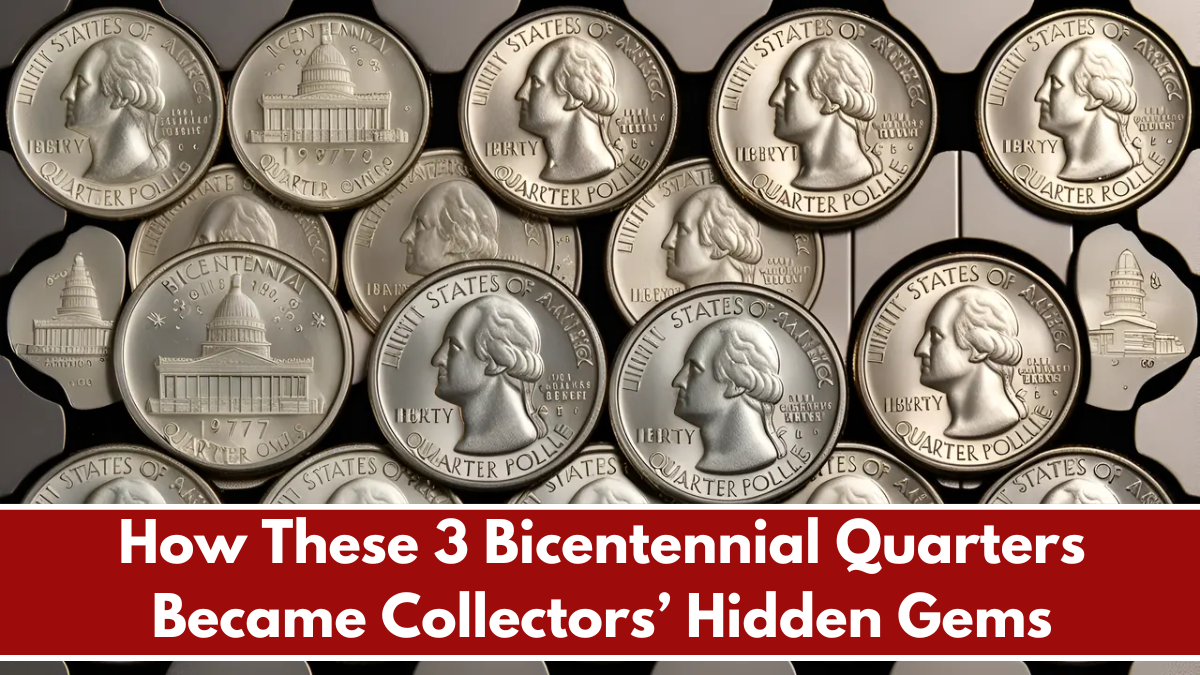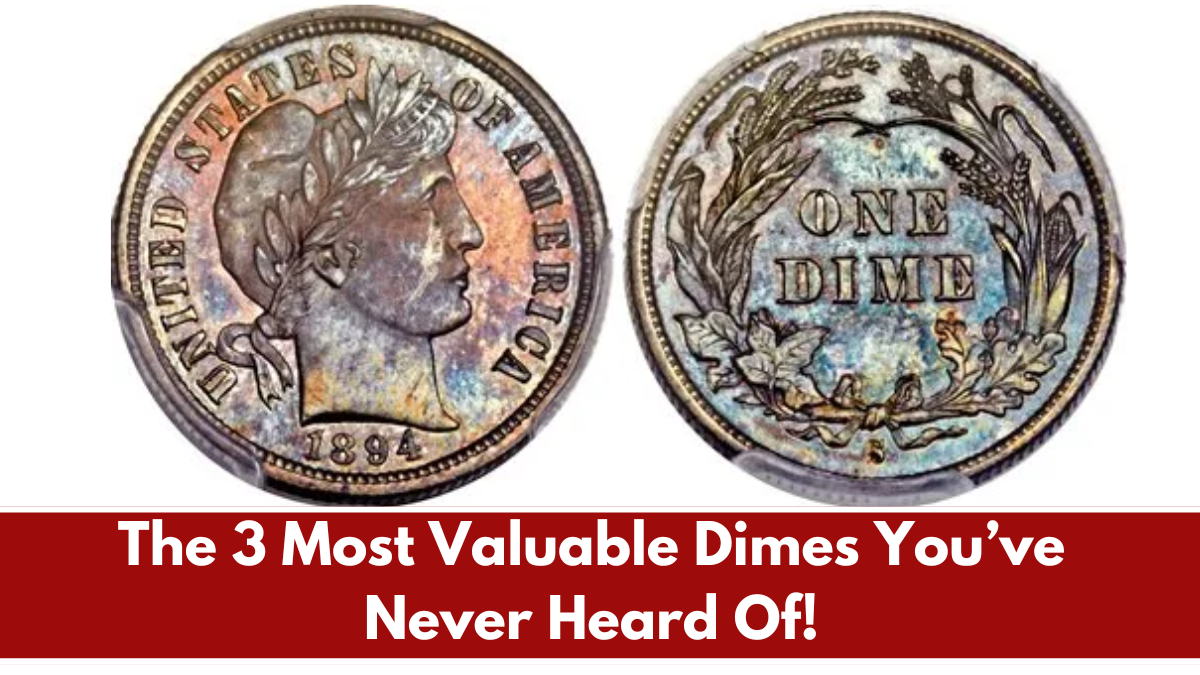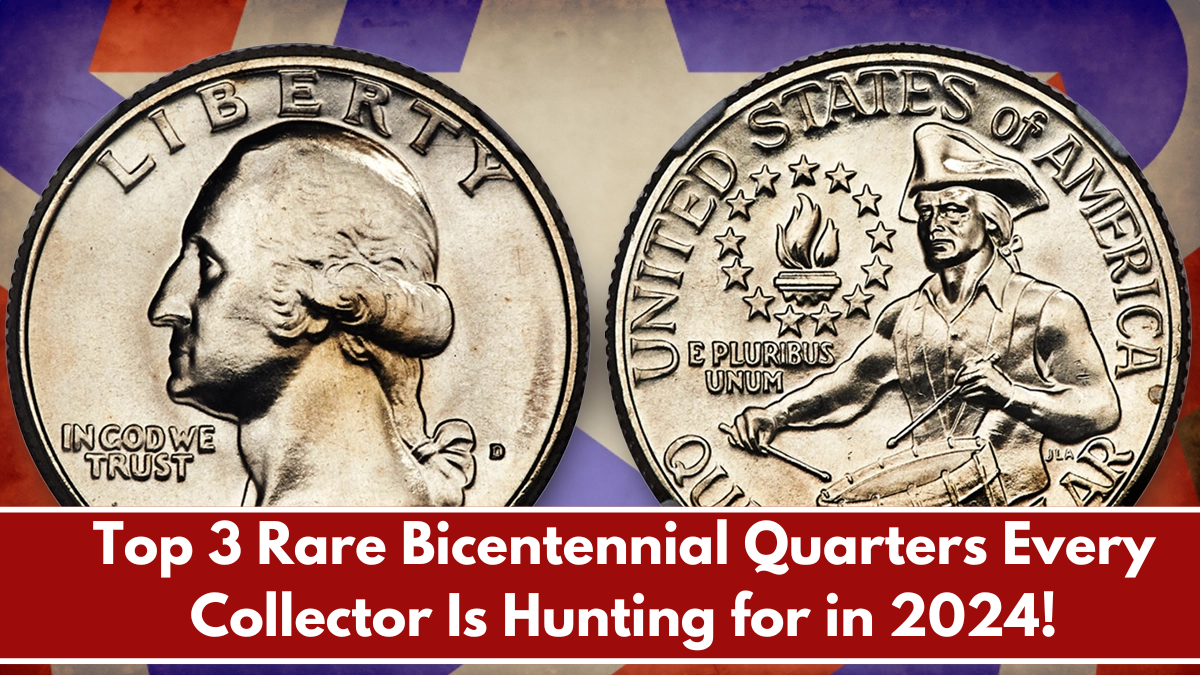The Bicentennial Quarters, issued in 1976 to celebrate America’s 200th birthday, were a unique and limited edition of U.S. currency that quickly became a symbol of patriotism and national pride. While many of these quarters were released into circulation, a few rare versions have since become hidden gems among collectors. These quarters, with subtle differences or unique features, have skyrocketed in value over the years, and are now among the most sought-after coins in the numismatic world. Let’s explore three Bicentennial Quarters that have become collectors’ treasures.
1. 1976-S Proof Bicentennial Quarter
The 1976-S Proof Bicentennial Quarter, struck at the San Francisco Mint, is a stunning example of a high-quality coin. Proof coins, which are struck with specially polished dies for collectors, were produced in limited numbers, and the 1976-S is among the finest. Its flawless strike and exceptional detail make it highly sought after by collectors, with some examples fetching thousands of dollars in auctions. This coin stands out due to its vibrant luster and intricate design that commemorates the American Revolution.
2. 1976-D Bicentennial Quarter with Misplaced Mintmark
Another rare and valuable version of the Bicentennial Quarter is the 1976-D with a misplaced mintmark. The Denver Mint typically places the mintmark directly beneath the motto “E PLURIBUS UNUM,” but on some coins, the mintmark appears slightly out of place, making it a rare error. This subtle mistake has increased the coin’s value, with well-preserved examples often reaching several hundred dollars or more, depending on the condition and rarity.
3. 1976 No Mintmark Bicentennial Quarter
Though the majority of 1976 Bicentennial Quarters were minted with either a “D” for Denver or an “S” for San Francisco, some were released without a mintmark, particularly the Philadelphia-minted versions. These coins are unique due to their lack of mintmark, and while they are relatively uncommon, they are not as widely known as their mintmarked counterparts. The scarcity and historical significance of these mintmark-less quarters have led to increased demand, making them a hidden gem in the world of coin collecting.
The Bicentennial Quarters may have been produced as a celebratory issue, but certain versions have become much more than just souvenirs. The 1976-S Proof Bicentennial Quarter, the 1976-D with a misplaced mintmark, and the 1976 No Mintmark Bicentennial Quarter are all exceptional examples of how small variations and minting errors can create hidden treasures in the coin-collecting world. Whether through rarity, errors, or limited production, these quarters have become valuable gems that continue to fascinate collectors.
FAQ’s:
1. What makes the 1976-S Proof Bicentennial Quarter valuable?
The 1976-S Proof Bicentennial Quarter is valuable due to its exceptional quality and limited mintage as a proof coin, making it highly sought after by collectors.
2. How can I identify the 1976-D Bicentennial Quarter with a misplaced mintmark?
The 1976-D with a misplaced mintmark can be identified by the mintmark being slightly out of place, usually appearing above or to the side of its intended position on the coin.
3. Why is the 1976 No Mintmark Bicentennial Quarter valuable?
The 1976 No Mintmark Bicentennial Quarter is valuable because it was struck at the Philadelphia Mint without a mintmark, which makes it rare and highly desirable to collectors.
4. How much is a 1976-S Proof Bicentennial Quarter worth?
A 1976-S Proof Bicentennial Quarter can be worth several thousand dollars, depending on its condition and whether it is graded as a high-quality coin.
5. Where can I buy or sell Bicentennial Quarters?
Bicentennial Quarters can be bought or sold through coin dealers, online auction sites, or specialized numismatic marketplaces. Always ensure the authenticity of the coin before making a purchase or sale.













